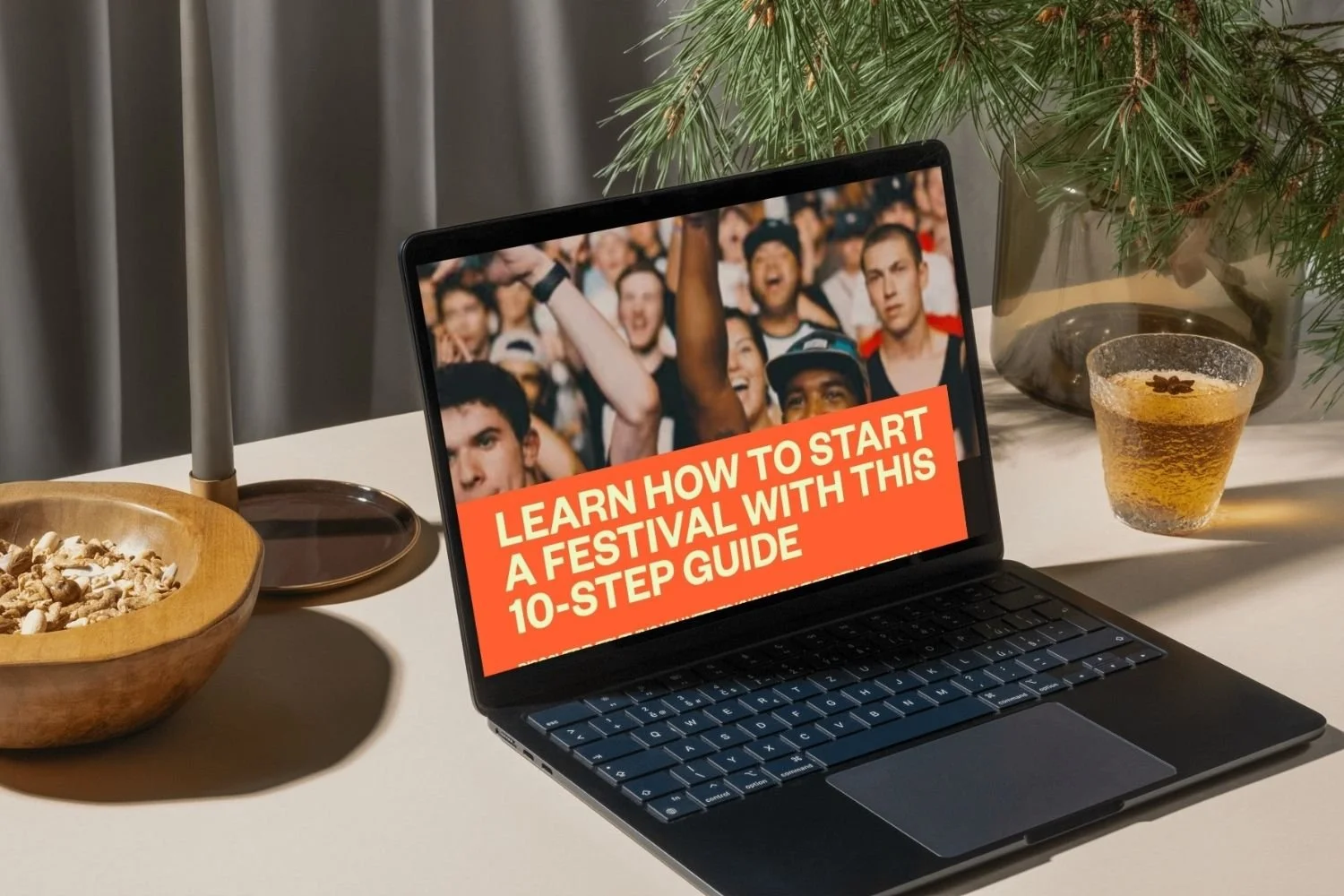Writing an Event Brief That Gets Results
Ever been in a meeting where no one’s on the same page? Or worked with a supplier who clearly didn’t understand the vision? Chances are the issue was the lack of a clear, useful event brief.
A well-written brief is one of the most underrated tools in event planning. It sets expectations, aligns your team, and gives vendors and stakeholders the clarity they need to deliver.
This article breaks down what to include in your event brief, who it’s for, and how to write one that actually gets results.
What Is an Event Brief?
An event brief is a short, sharp document that outlines the purpose, goals, audience, logistics, and creative direction of your event.
It’s not a full project plan or a timeline—it’s the what and why of your event in one easy-to-read snapshot. Think of it as your planning North Star.
Why the Event Brief Matters
A good event brief helps you:
Align your internal team
Onboard suppliers faster
Reduce back-and-forth emails
Catch misinterpretations early
Stay focused on outcomes, not just tasks
Without a brief, people fill in the blanks themselves. That’s where misalignment creeps in.
Writing an event brief doesn’t have to be daunting. If you want a head start, the Event Planning Starter Kit includes a pre-built Event Brief Template you can easily tweak for your needs.
What to Include in an Event Brief
1. Event Overview
Event name and description
Date, time, and location
Who’s involved (client, partners, sponsors)
Type of event (conference, festival, etc.)
2. Purpose & Objectives
Why is this event happening?
What are you trying to achieve? (e.g. sell tickets, launch a product, build community)
What does success look like?
3. Target Audience
Who is this event for?
Key demographics and psychographics
Any accessibility, cultural, or behavioural considerations?
4. Key Messages or Themes
What do you want people to feel, learn, or remember?
Any brand, creative, or storytelling angles?
5. Program or Format Outline
High-level schedule
Main activities or components
Confirmed talent, speakers, or elements
Flow or structure of the event
6. Logistics Summary
Venue details
Expected attendance
Site conditions (indoor/outdoor, power, etc.)
Bump-in/bump-out windows
Council or permit considerations
7. Tone & Experience
Formal or informal?
High-end or grassroots?
Interactive, immersive, educational?
What feeling should guests walk away with?
8. Budget Guidance
Ballpark budget or range
Priority items or where to spend vs save
Optional: list of locked-in or flexible costs
Who Needs to See It?
Internal stakeholders
Creative teams (graphic designers, stylists, AV)
Performers, MCs, or speakers
Vendors who need to align with the event’s tone or purpose
Council or partners if they need a clear overview
Pro Tip: Save two versions—one long form for planning and one condensed version (1–2 pages) for quick onboarding and external stakeholders.
Final Thoughts
A good brief doesn’t take long to write—but it can save days of miscommunication and second-guessing.
Don’t rely on assumptions. Put it in writing, make it clear, and update it as you go.
Want a head start? The Event Kit Brief Template is structured, editable, and designed to help you set the tone from day one. You can find it in the Event Planning Starter Kit here.
You Might Also Like
Meet Your Mentor
Hey! I’m Rachella — founder of Event Kit and an Event Consultant with 25+ years of experience running world-class festivals and public events. I created Event Kit because I knew there had to be a smarter, less overwhelming way to plan pro-level events.
EVENT KIT LIBRARY
Guides & Tutorials: Expert Insights & Event Planning Inspiration
Your go-to for practical event planning advice, from beginner basics to smart professional development.














